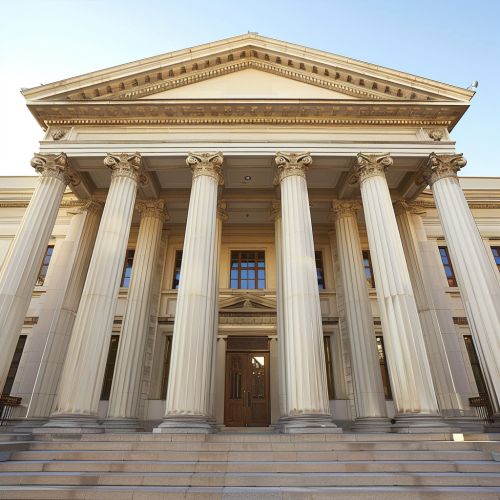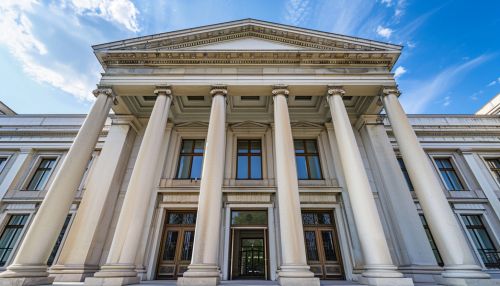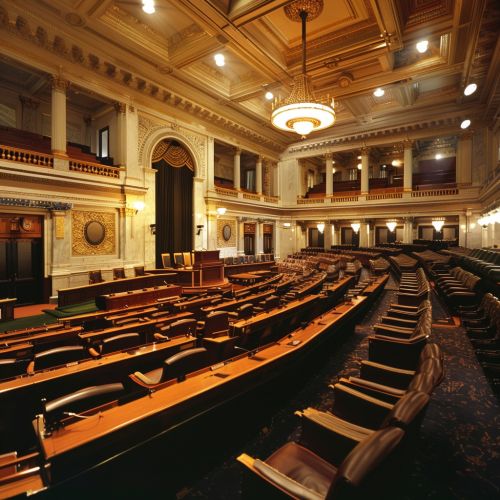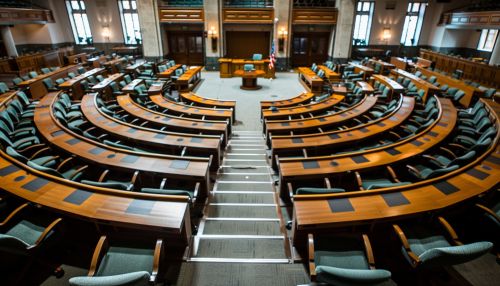Government
Definition and Purpose
A government is a system or group of people governing an organized community, often a state. In the case of its broad associative definition, government normally consists of legislature, executive, and judiciary. Government is a means by which organizational policies are enforced, as well as a mechanism for determining policy. Each government has a kind of constitution, a statement of its governing principles and philosophy.
Types of Government
There are several types of government, each with their own characteristics and structures. These include democracy, monarchy, dictatorship, totalitarianism, and theocracy, among others.


Democracy
A democracy is a form of government in which the people have the authority to choose their governing legislation. Who people are and how authority is shared among them are core issues for democratic theory, development and constitution.
Monarchy
A monarchy is a form of government in which a person, the monarch, is head of state for life or until abdication. The political legitimacy and authority of the monarch may vary from purely symbolic (crowned republic), to restricted (constitutional monarchy), to fully autocratic (absolute monarchy), and can expand across the domains of the executive, legislative and judicial.
Dictatorship
A dictatorship is a form of government characterized by a single leader or group of leaders with little or no toleration for political pluralism or independent programs or media. In most dictatorships, the country is ruled by a single leader who has full power over the country.
Totalitarianism
Totalitarianism is a political system or a form of government that prohibits opposition parties, restricts individual opposition to the state and its claims, and exercises an extremely high degree of control over public and private life.
Theocracy
A theocracy is a form of government in which a deity of some type is recognized as the supreme ruling authority, giving divine guidance to human intermediaries that manage the day-to-day affairs of the government.
Functions of Government
The government has several functions, including maintaining order, providing public goods and services, promoting social equality, and managing the economy.
Maintaining Order
One of the primary functions of government is to maintain order by establishing a system of laws and institutions that individuals within its jurisdiction must follow.
Providing Public Goods and Services
The government provides public goods and services such as infrastructure, education, healthcare, and welfare services.
Promoting Social Equality
The government promotes social equality through policies and legislation aimed at reducing social, economic, and political inequalities.
Managing the Economy
The government manages the economy through fiscal and monetary policies that regulate economic activity.
Structure of Government
The structure of a government varies from one country or region to another. However, most governments include a legislature, an executive, and a judiciary.


Legislature
The legislature is the law-making branch of the government. It is responsible for creating, amending, and repealing laws.
Executive
The executive is the branch of government that enforces laws. It includes the president or prime minister, cabinet, and the administrative bureaucracy.
Judiciary
The judiciary is the branch of government that interprets the law and administers justice. It includes courts and judges.
